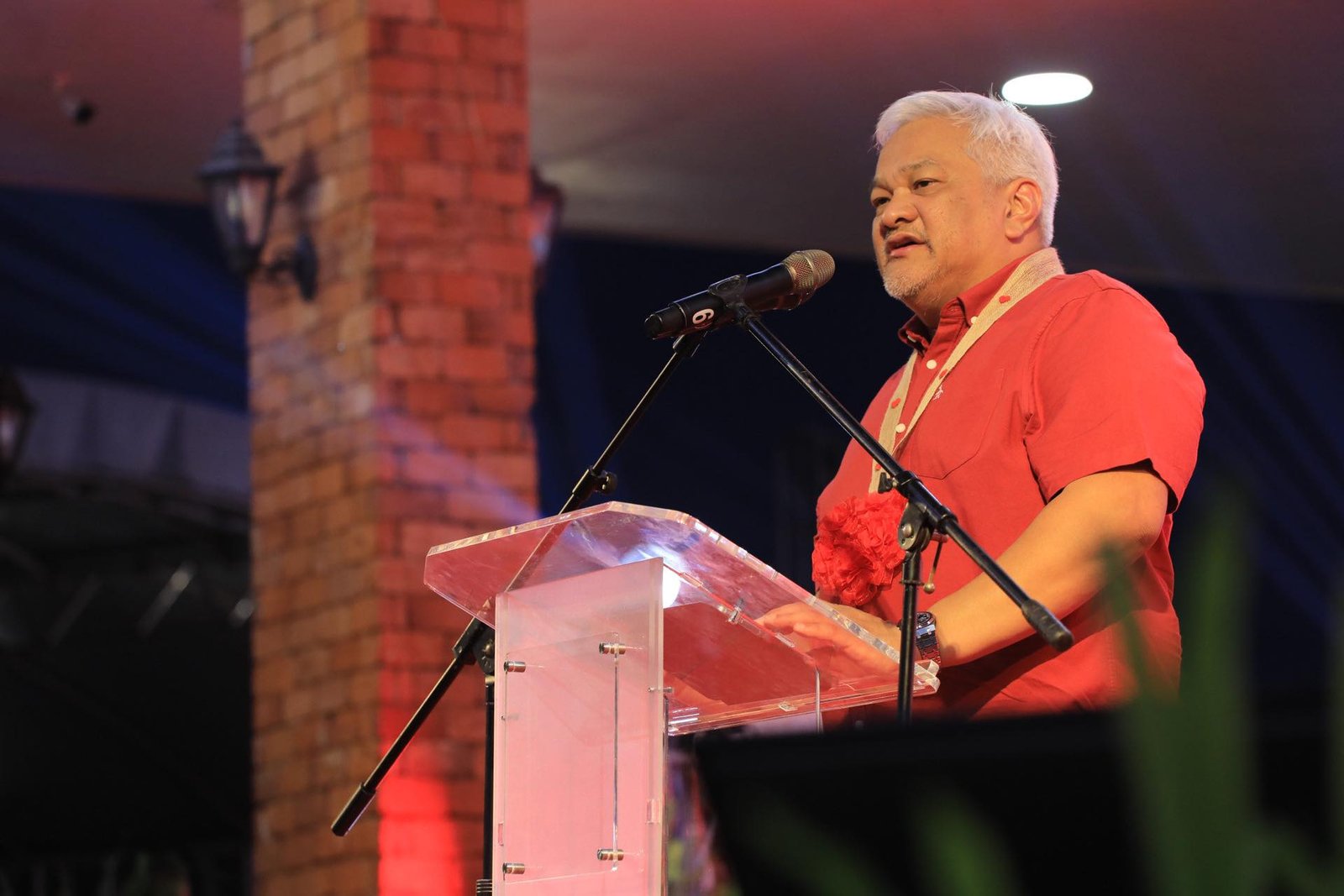𝗢𝗠𝗡𝗜𝗔 𝗜𝗡 𝗕𝗢𝗡𝗨𝗠 𝗯𝘆 𝗔𝘁𝘁𝘆. 𝗣𝗮𝘂𝗹 𝗬𝘂𝘀𝗶
According to Black’s Law Dictionary, the concept of Les Majeste refers to a crime or offense that undermines the dignity of a ruler or sovereign authority, or that attacks a sacred institution, belief, or custom. The term originates from the medieval French phrase meaning “a crime against the Crown.”
In the Philippines, the Supreme Court tested the application of Les Majeste in a 1922 en banc decision in People vs. Gregorio Perfector. The Court ruled on whether Article 256 of the Spanish Penal Code— which punishes “(A)ny person who, by… writing, shall defame, abuse, or insult any Minister of the Crown or other person in “authority”, remained in force. The Court concluded that “(t)he crime of les majeste disappeared in the Philippines with the ratification of the Treaty of Paris. Ministers of the Crown have no place under the American flag.”
It is important to note that this case arose from Article 256 of the Spanish regime’s Penal Code, which prescribed punishment for individuals who used insulting language against Ministers of the Crown or other authorities. The King of Spain undeniably felt the necessity for such protections for his ministers and others in authority, both in the Philippines and in Spain.
During my time in law school in the early 1980s, I recall a discussion in criminal law regarding Presidential Decree (PD) 1110-A, issued in 1977 and duly published in the Official Gazette. This decree penalized any attempt on, or conspiracy against the life of the Chief Executive of the Republic of the Philippines, any member of his cabinet, or their families. Section 1 states: “Any person who shall attempt on, or CONSPIRE against the life of the Chief Executive of the Republic of the Philippines, that of any member of his family, or against the life of any member of his cabinet or that of any member of the latter’s family, shall suffer the penalty of death.”
This PD was further amended by PD No. 1743, which expanded its scope to include members of the Interim Batasan Pambansa, the Supreme Court, Constitutional Commissions, and General Officers of Major Services and Commands of the Armed Forces of the Philippines, along with their families.
Undoubtedly, the martial law-era presidential decrees are considered valid legislation. This perspective was upheld in the 1985 en banc decision of the Supreme Court in Tanada vs. Tuvera (GR No. L-63915), which established that the sole condition for the validity of presidential issuances is their publication in the Official Gazette.
In 1987, former President Corazon Aquino issued Executive Order (EO) No. 183 on June 1987, which repealed PD Nos. 1110-A and 1743, and ordered that this EO take effect immediately. In light of the 1985 Tanada vs. Tuvera ruling, I conducted a quick online search on the Official Gazette website and found no record of EO No. 183, series of 1987, having been published therein. However, had this order been published in a newspaper of general circulation, the question would have become moot and devoid of further contention.
But wait. Was President Aquino still allowed to legislate through Executive Orders (EOs) when she issued EO No. 183, series of 1987, under the 1987 Constitution, which had already been in effect since February 2, 1987? The answer is affirmative. This is supported by Article XVII, Section 6 of the 1987 Constitution, which states, “the incumbent president shall continue to exercise legislative powers until Congress is convened.” This indicates that while President Aquino retained the authority to legislate, Congress had not yet convened at the time she issued EO 183 on June 5, 1987.
But we must still address the issue regarding the repealing validity of EO 183, particularly the requirement for its publication in the official gazette or, at the very least, in a newspaper of general circulation. As established by the Supreme Court in the case of Tuvera, “presidential issuances of general application, which have not been published, shall have no force and effect.”
In conclusion, I submit that the high-ranking government official who conspired with another individual to kill the sitting president and his wife, with the former openly admitting to the conspiracy, can still be charged and held liable under PD 1110-A, as amended, regardless whether she dies or not as the supposed condition for the execution of the plot.
The essence of the offense lies in the conspiracy itself, which is an agreement between two or more parties to commit the illegal act of murder that had already been established.
The NBI may also want to consider the application of PD 1110-A to strengthen its resolve in the matter under investigation.














